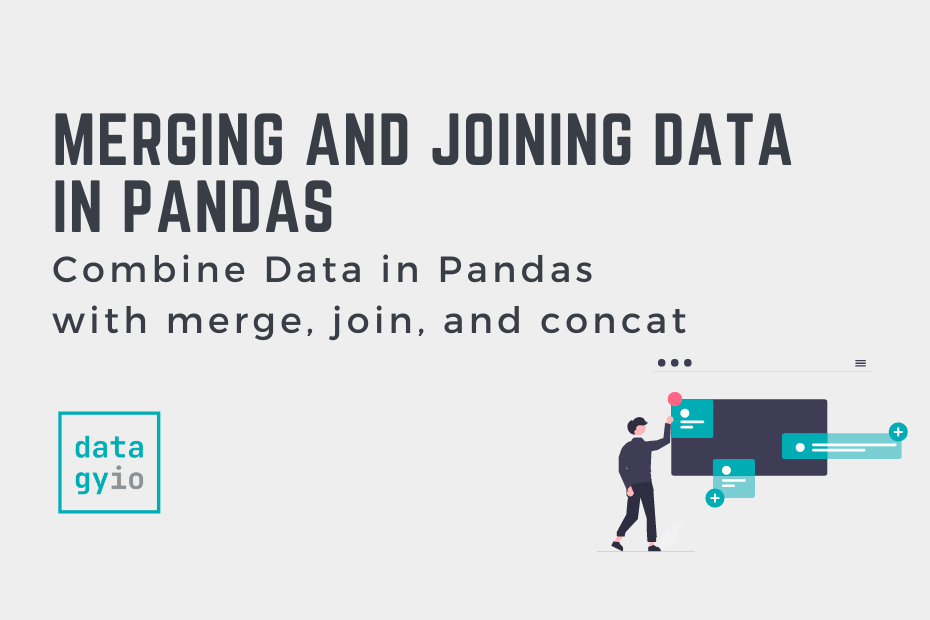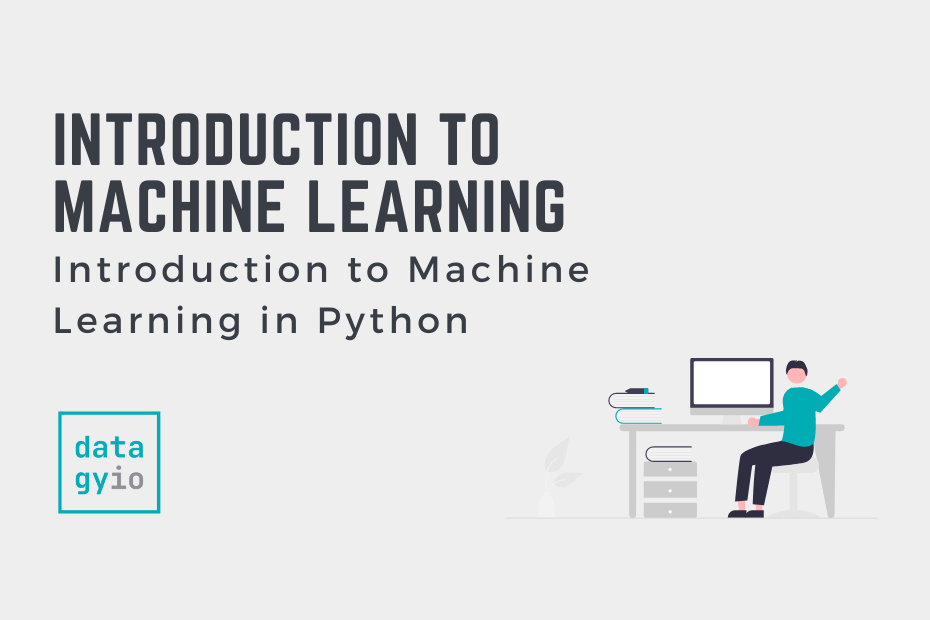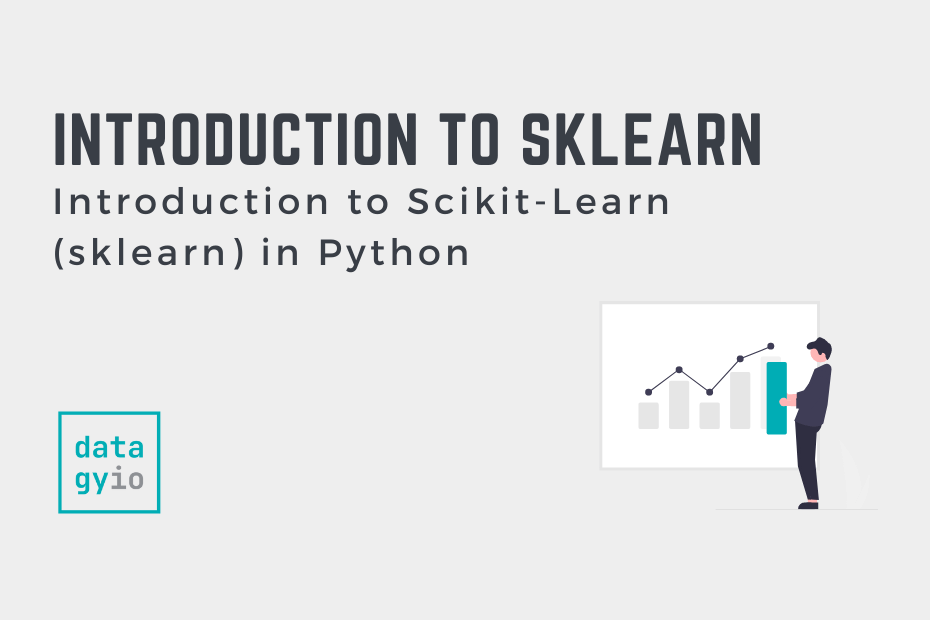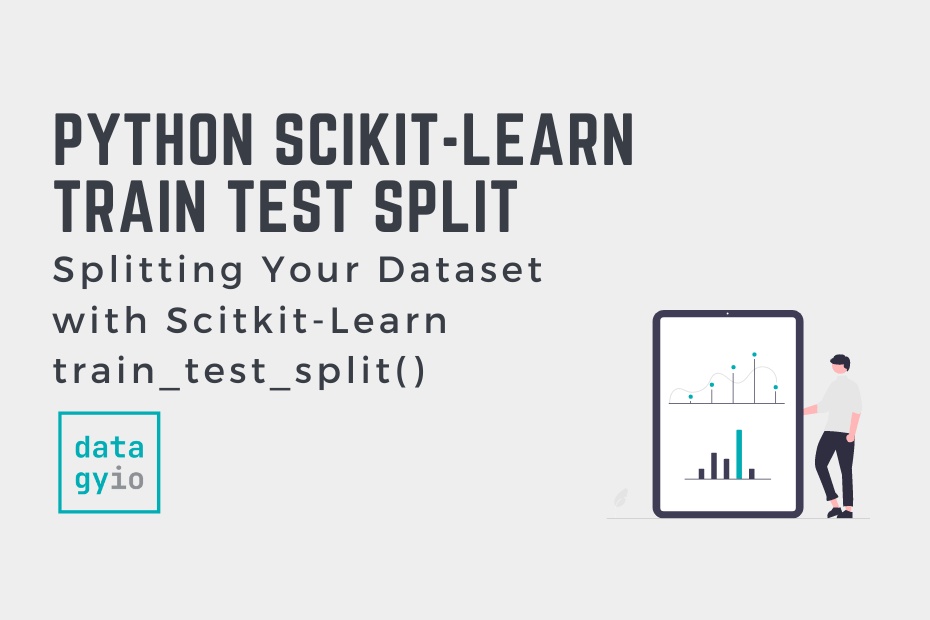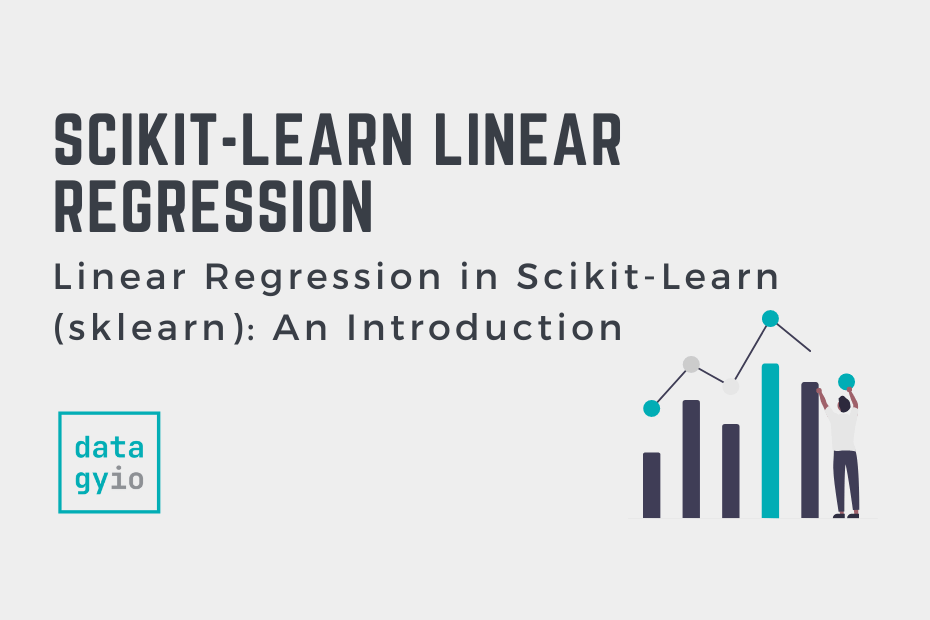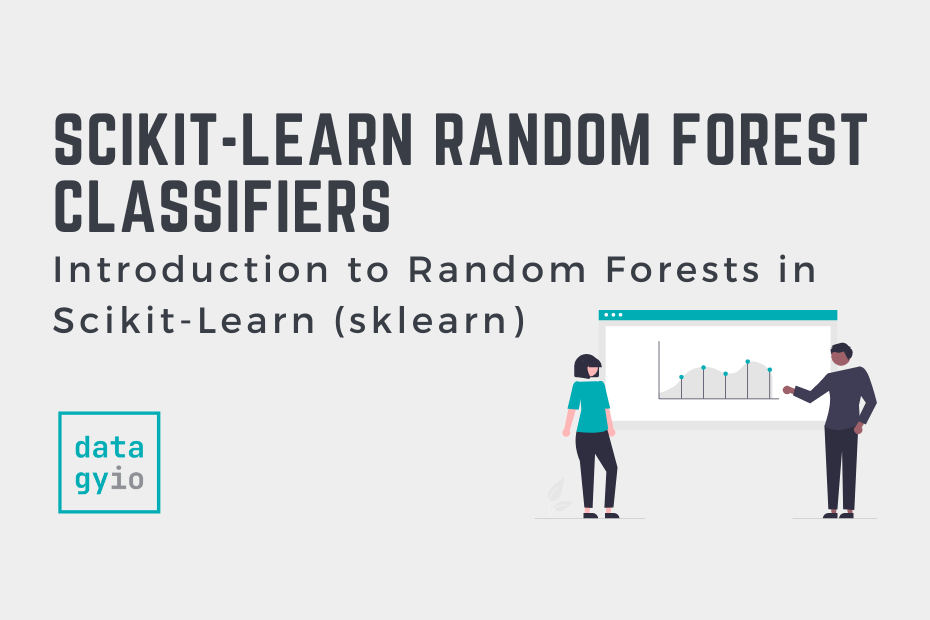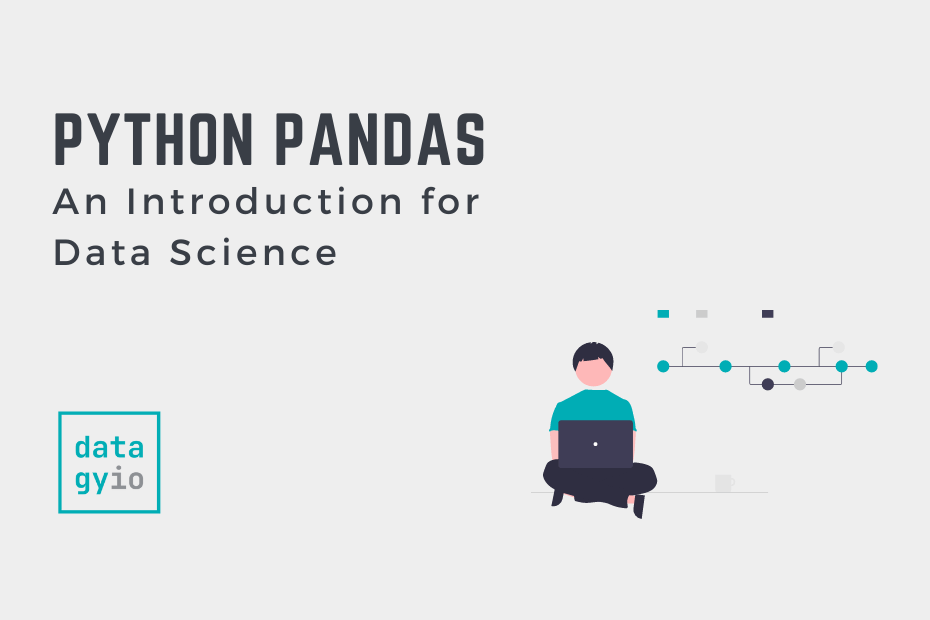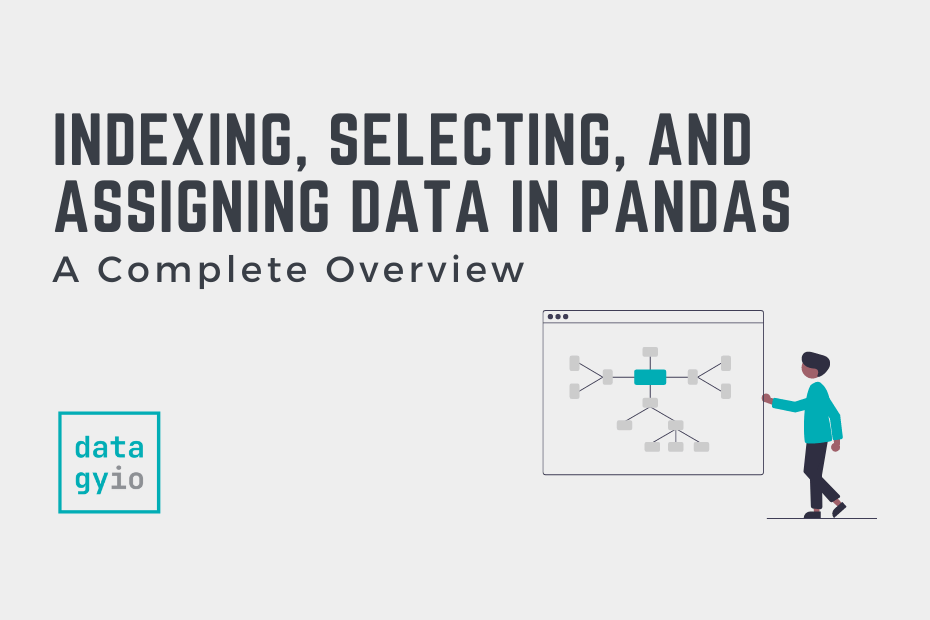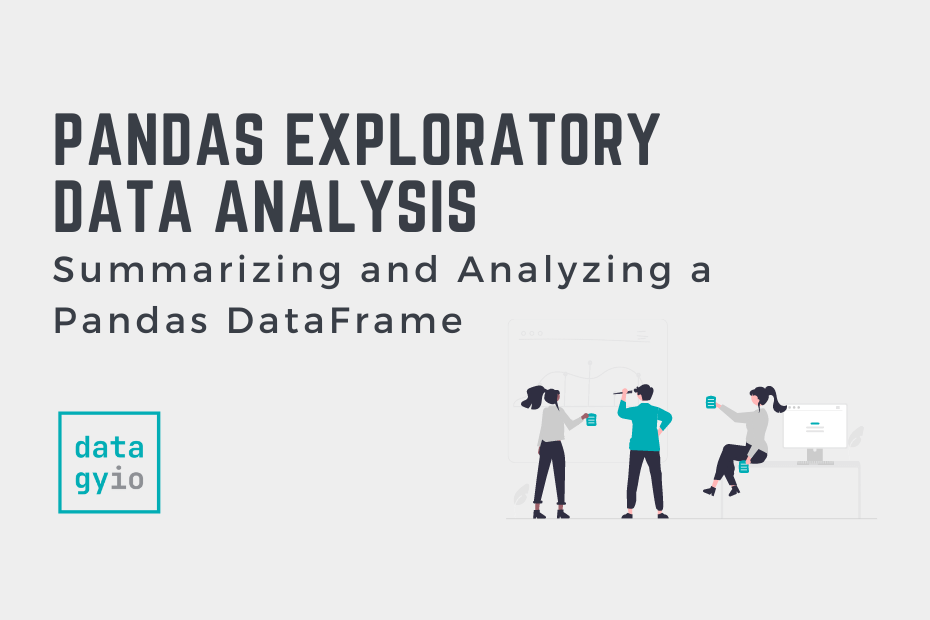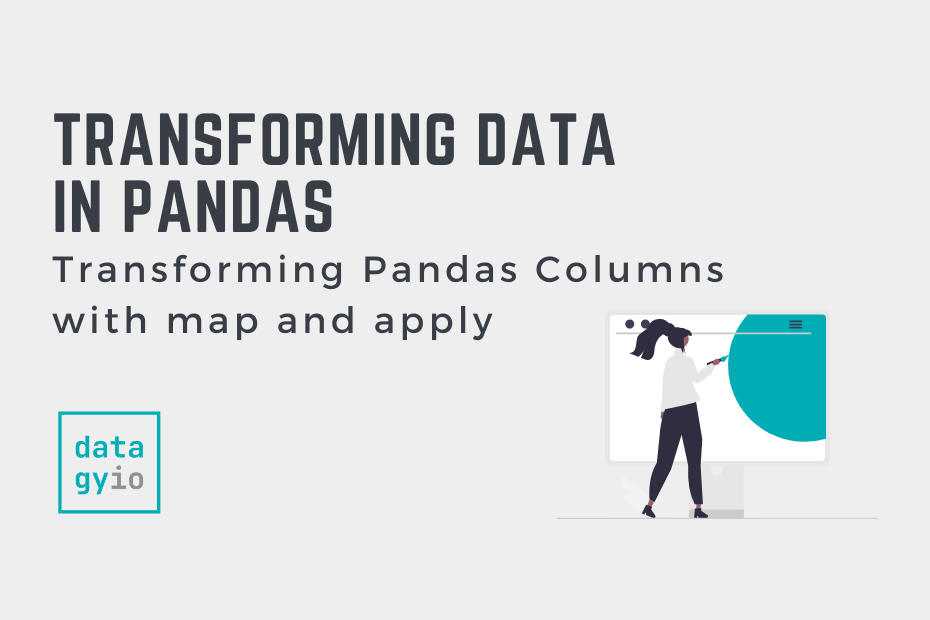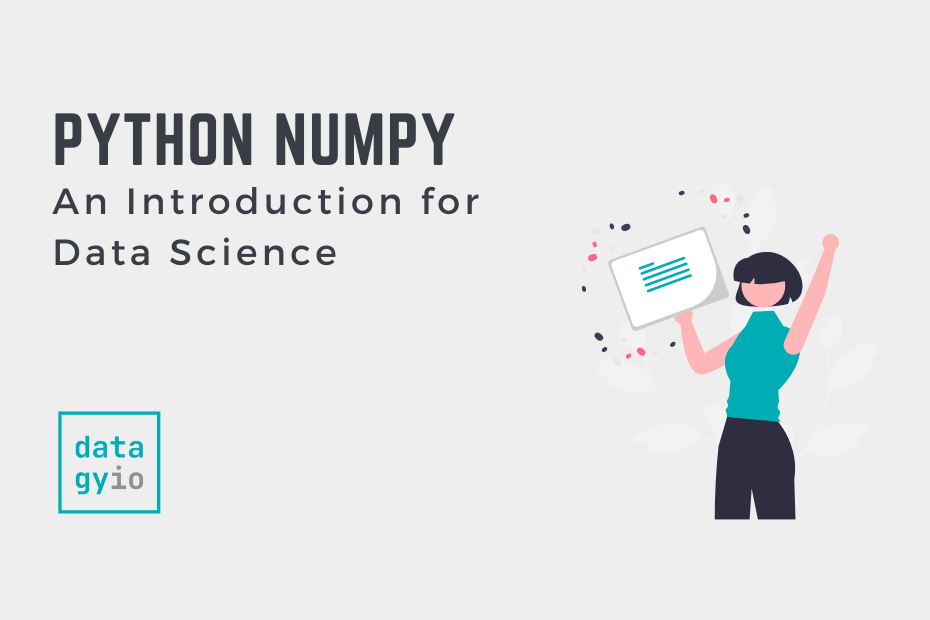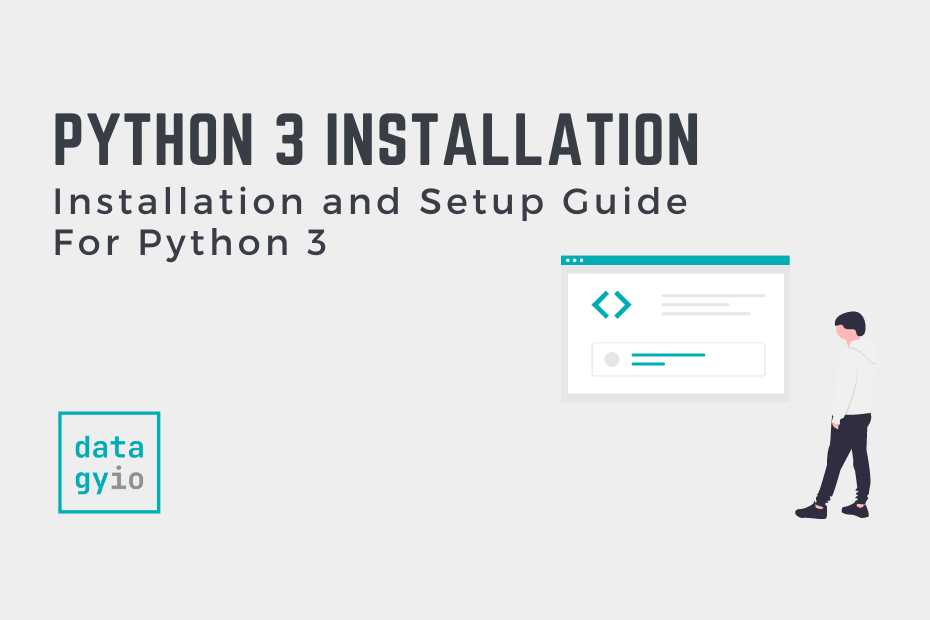Combine Data in Pandas with merge, join, and concat
In this tutorial, you’ll learn how to combine data in Pandas by merging, joining, and concatenating DataFrames. You’ll learn how to perform database-style merging of DataFrames based on common columns or indices using the merge() function and the .join() method. You’ll also learn how to combine datasets by concatenating multiple DataFrames with similar columns. Different […]
Combine Data in Pandas with merge, join, and concat Read More »

